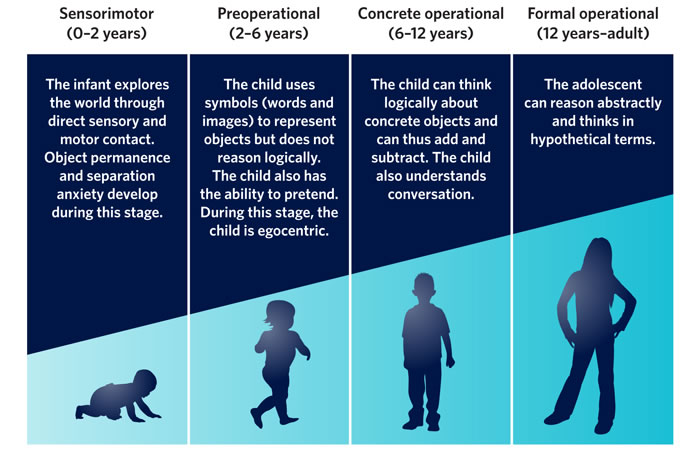If you give your child a range of healthy nutritious food, it will help your child grow and develop in a healthy way. Your child will also be less likely to gain too much body fat.
Healthy nutritious foods include vegetables, fruits, grains, reduced-fat dairy, meat, fish, chicken, eggs and legumes such as peas, beans and lentils.
Tap water and milk are the healthiest choices for children
Physical activity
You can encourage your child to be physically active by walking when possible and playing outdoors. Physical activity will:
- balance your child’s energy intake
- control your child’s appetite
- decrease your child’s stress
- prevent disease
- increase social interactions.
All these things are part of an overall healthy lifestyle for your child.
Family habits
Your child is more likely to make healthy food choices and be active if she sees you eating healthily and being active. Young children do as you do, so modelling healthy eating and regular exercise can have a big impact.
Family genetic history and other factors
Everyone comes in different shapes and sizes, partly because of lifestyle, but also because of genes.
Some children are at greater risk of obesity because of their genes, or because they have health problems or take medication. If you have any of these factors in your family, it’s even more important for you all to make healthy food and lifestyle choices.
Other factors
Screen time, busy family lifestyles, lack of outdoor space – all these things can make it easy for children to overeat and harder for them to be active.
Another risk factor for childhood obesity is sleep. Children who don’t get enough sleep at night are more likely to become overweight or obese.
Getting your child into healthy fresh food and physical activity early in life can help reduce your child’s risk of overweight issues or obesity in the future.
Why your child needs to maintain a healthy weight
Maintaining a healthy weight is important to your child’s health now and in the future. A healthy weight now reduces your child’s chances of:
- being overweight or obese as an adult
- developing serious health disorders during childhood such as type-2 diabetes, hip and joint problems and obstructive sleep apnoea
- suffering from emotional and social problems
- suffering physical health problems in adulthood, such as heart disease, type-2 diabetes, some types of cancer, infertility and skin disorders.
When we identify and manage overweight problems and childhood obesity early, it gives children a better chance of avoiding long-term weight problems that can lead to serious consequences for their health and wellbeing.
Worried about weight or childhood obesity: what to do
If you’re worried that your child might have a weight problem or even childhood obesity, it’s important to start with a proper assessment.
A GP, paediatrician or dietitian can look at your child’s growth and work out whether he has a healthy weight. The health professional might look at your child’s height, weight and body mass index (BMI). BMI is one way of adding up total body fat and working out whether your child’s weight is within a healthy average range.
If your child is overweight, you can make many small and realistic lifestyle changes to help your child. If you involve the whole family in these changes, it’s easier for your child to stick with the changes – and it’s good for everyone.
Here are simple changes you can make to everyday family eating:
- Involve your children in choosing and preparing healthy foods for meals. This helps them learn about healthy foods and making good choices. They’re also more likely to eat something they’ve helped to make.
- Get your child drinking water, and keep soft drink, juices, cordials, sports drinks, flavoured waters and flavoured milks out of the house.
- Eat more vegetables and salad. Aim to fill half the plate at main meals with salad or vegetables.
- Keep ‘sometimes’ foods such as fast food, potato chips, biscuits, cakes and chocolates out of the house. If you don’t have them at home, it’s harder for your child to eat them.
- Set a good example, and show your child that you enjoy healthy eating yourself.
- Establish regular mealtimes, including breakfast, and sit down to enjoy meals together as a family – with the TV switched off.
- Eat most meals at home. At home you can limit the amount of fat, salt and sugar in your meal.
- Have healthy snacks handy for when you know your child will be hungry. For example, keep a bowl of fresh fruit on the bench and a container of vegie sticks in the fridge.
- Don’t force your child to eat. You don’t need to worry if your child refuses to eat or eats very little. Your child won’t starve.
Here are simple changes you can make to get more physical activity into your family’s life:
- Restrict screen time to no more than two hours a day for children aged 5-18 years. Screen time includes TV, DVDs, computers, video games, mobiles phones and tablets.
- Give your child the chance for active play. Your child needs at least one hour a day of physical activity.
- Build activity into everyday family life – for example, go for family walks or bike rides together.
- Walk to and from school, the local shops or friends’ places if possible.













